Kaiseki or kaiseki-ryōri is a traditional Japanese multi-course dinner. The term also refers to the set of skills and techniques that enable the preparation of such meals and is similar to Western haute cuisine.
Kaiseki meals have a prescribed order to their dishes, most of which are prepared using one of the popular Japanese cooking techniques. However, kaiseki chefs have considerable freedom in adding, omitting or substituting dishes to highlight regional and seasonal delicacies and personal style. Here is a list of dishes that often appear in a kaiseki meal:
Aperitif (Shokuzen-shu)
The meal can be started with a small glass of wine. Usually it is a sweet or local wine.
Appetizers A selection of delicious, well-prepared appetizers kicks off the meal. The appetizer is served on a long plate called hassun about 24 cm.
Main courses Kaiseki dishes are categorized by cooking method, with each dish representing one of the methods. However, not all dishes may be present, as chefs will often include or omit dishes depending on the season and chef's idiosyncrasies.
Soup (Suimono ) Soup is an integral part of a kaiseki meal. It is usually a simple clear broth garnished with some vegetables, tofu or seafood.
Sashimi (Otsukuri) Sashimi is thinly sliced raw fish, usually served on a piece of chopped daikon (Japanese radish) and comes with soy sauce and a small amount of wasabi. Sashimi is sometimes served with starters.
Boiled (Nimono) Nimono is a dish prepared by boiling, simmering, or stewing vegetables and meat or seafood, often mixed with soy sauce, sweetened cooked sake, and sugar.
Grilled Food (Yakimono) Yakimono dishes are usually fish or grilled meat. Grilled fish can be local freshwater or seafood depending on the region. Barbecue usually has local wagyu (Japanese beef).
Agemono Fried food is usually tempura (seafood and vegetables deep fried in light flour). It is usually served at the end of a meal, along with a light dipping sauce or salted seasoning.
Steamed dishes (Mushimono) The most popular steaming dish is chawanmushi, a savory custard flavored with braised fish that contains small pieces of mushrooms, chicken, ginkgo seeds, and seafood. It is served in a teacup-shaped dish with a lid and eaten with a small spoon.
Vinegar, Sauce (Sunomono) Sunomono dishes usually consist of vegetables and seafood (usually shrimp or octopus) mixed with a vinegar-based sauce. These dishes are usually served in small, shallow bowls to house their vinegar sauce.
Shokuji A shokuji set consists of rice, miso soup and pickles and is always served at the end of the meal before dessert.
Rice A bowl of steamed rice is most commonly served, although some ryokan have come up with creative variations such as mugi gohan (barley rice), okayu (rice porridge), takenoko gohan (rice with bamboo shoots) and other dishes. other seasonal rice dishes.
Miso soup Accompanied by a bowl of miso soup, which is made by dissolving miso in fish water and adding additional ingredients such as seafood, vegetables, and tofu.
Pickles (Tsukemono) A small pickled vegetable that is the third element of shokuji. It can include pickles such as takuan (pickled daikon radish), umeboshi (pickled plum) or hakusai no sokusekizuke (pickled cabbage).
Desserts Desserts are sweet treats, such as fresh local or seasonal fruit, ice cream, or other light dessert that will be the final dish.
 Register
RegisterSign in Travel Agent
Sign in Supplier
Sign in Affiliate
Sign in Guru

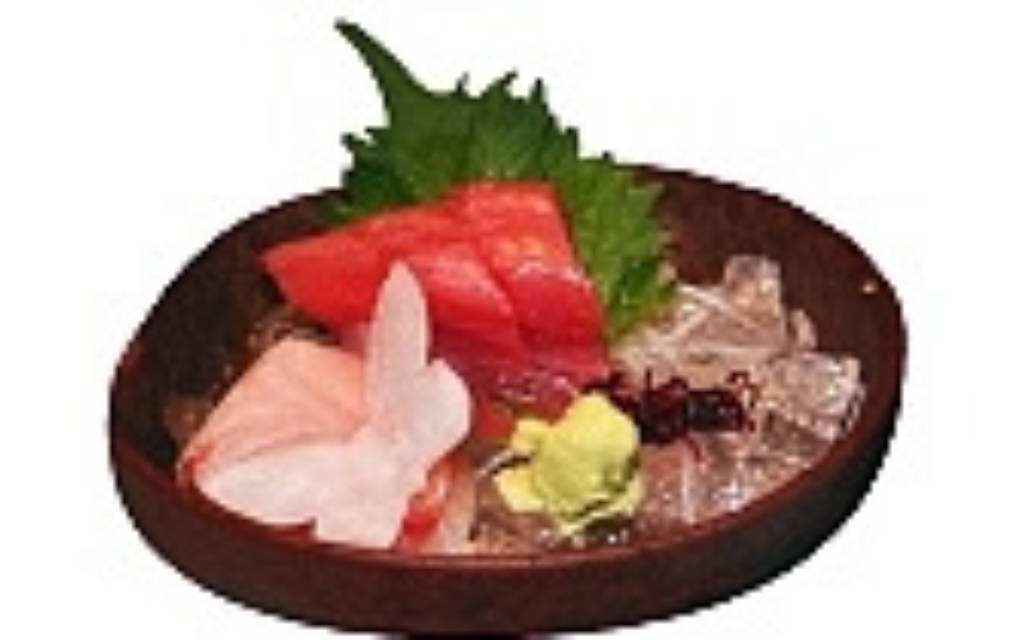
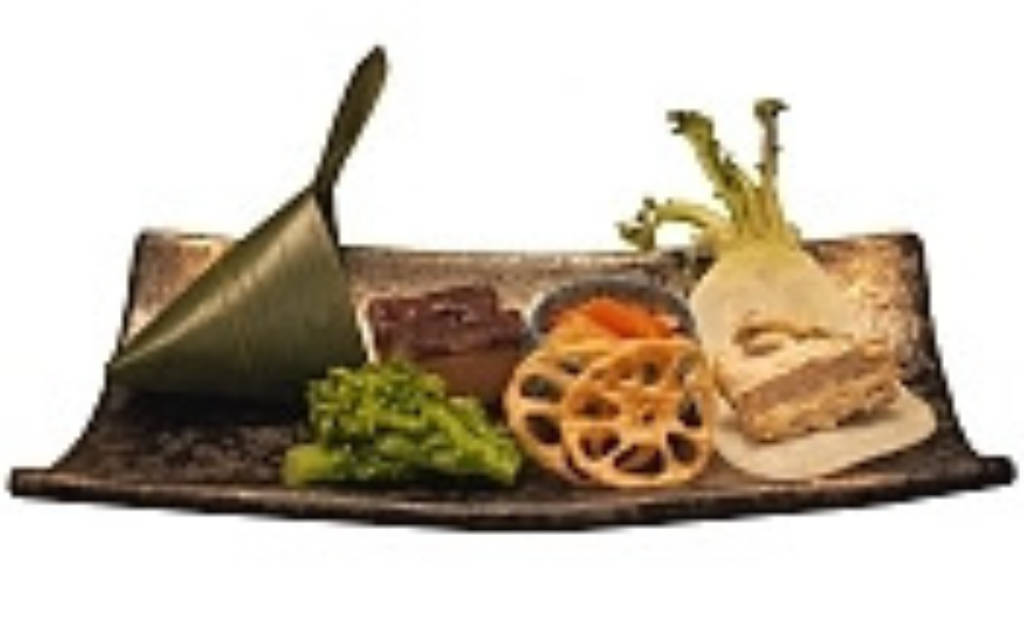
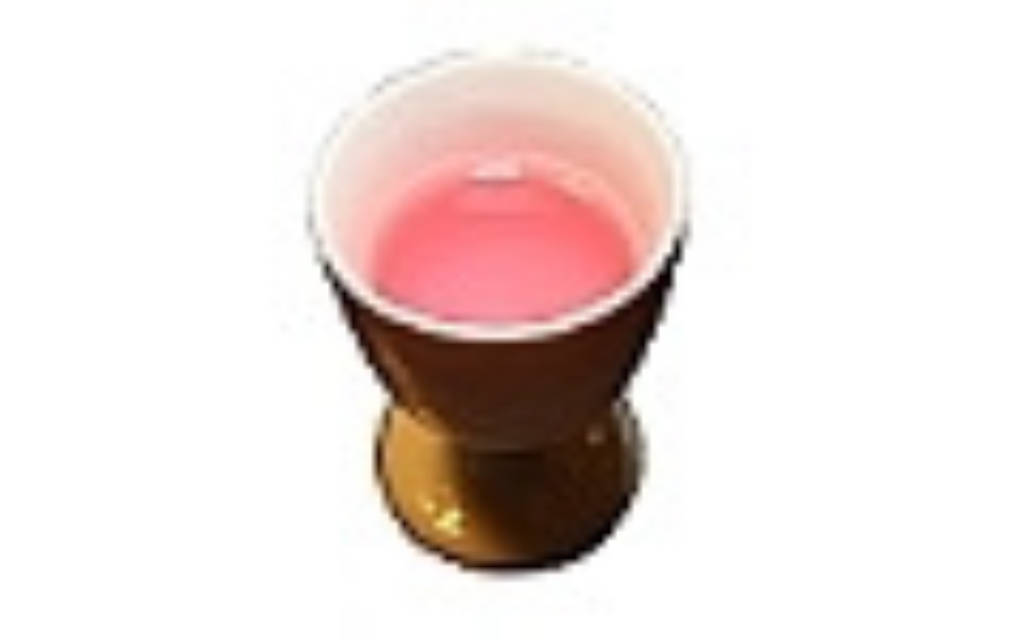
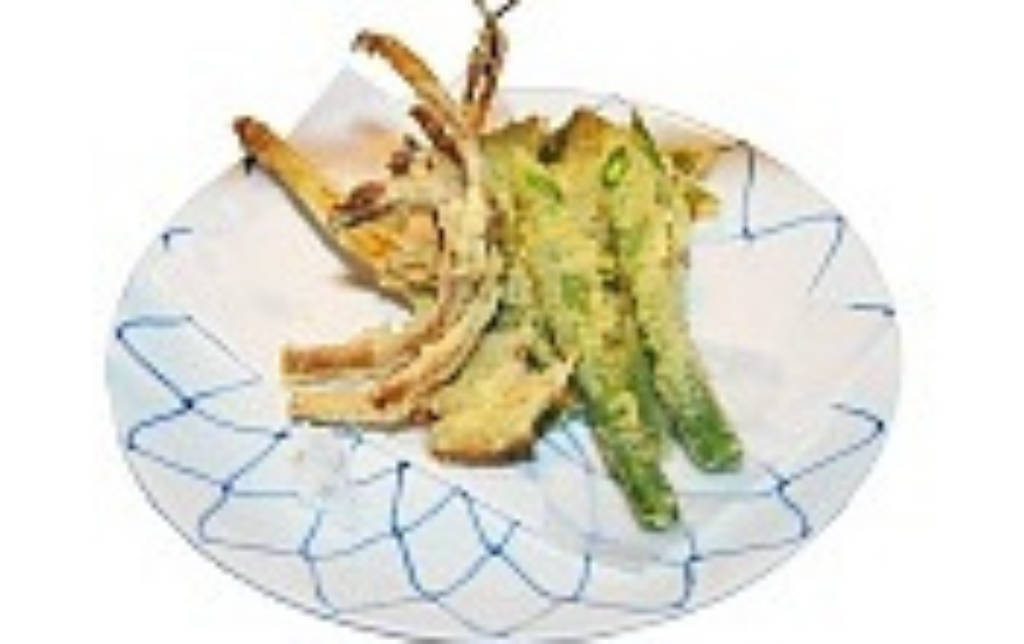
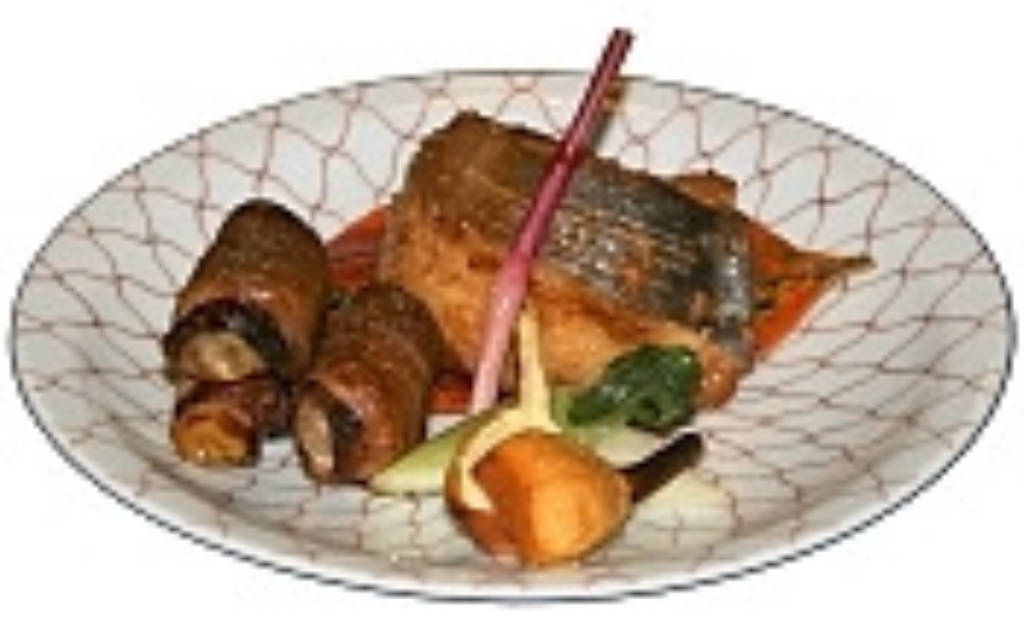
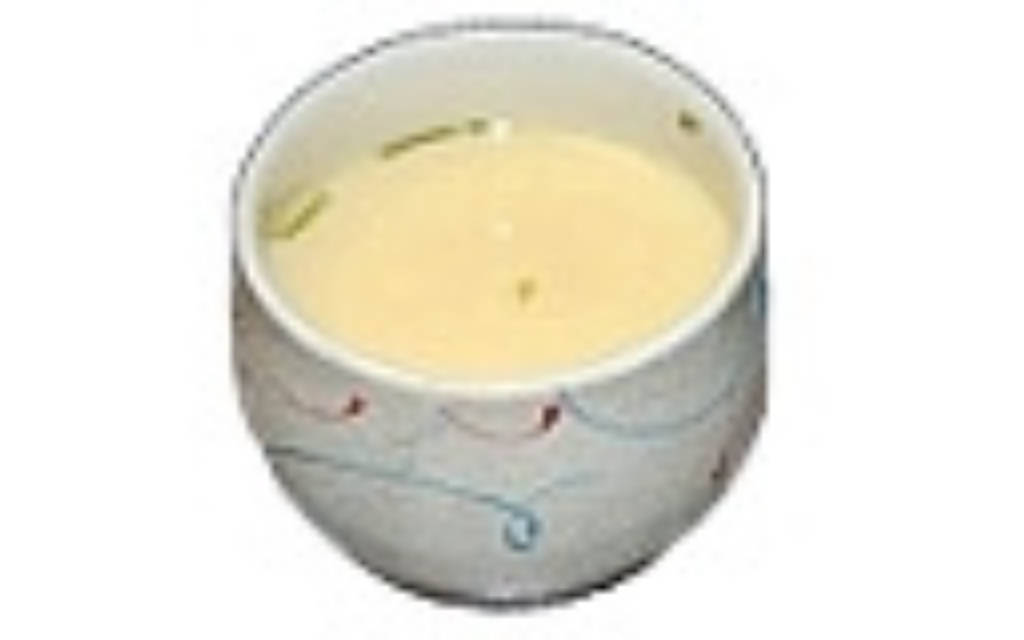
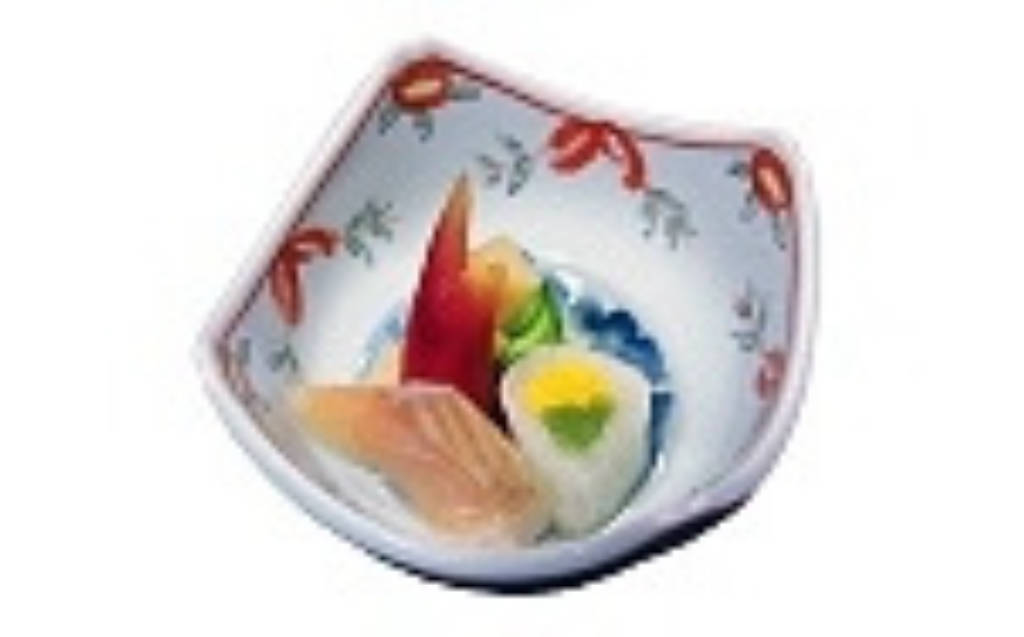
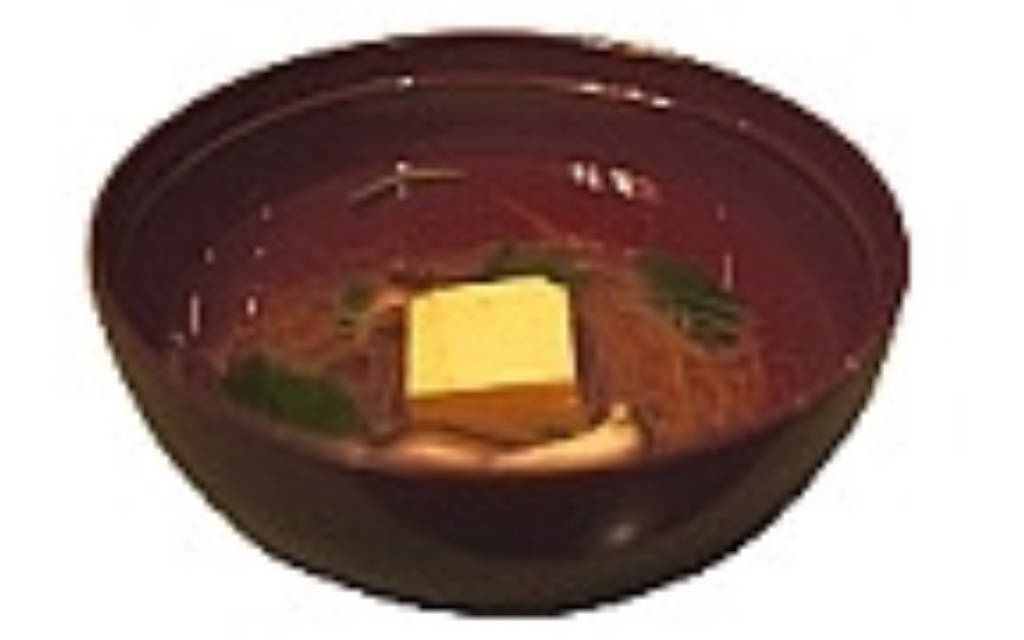








 Tokyo - Japan
Tokyo - Japan